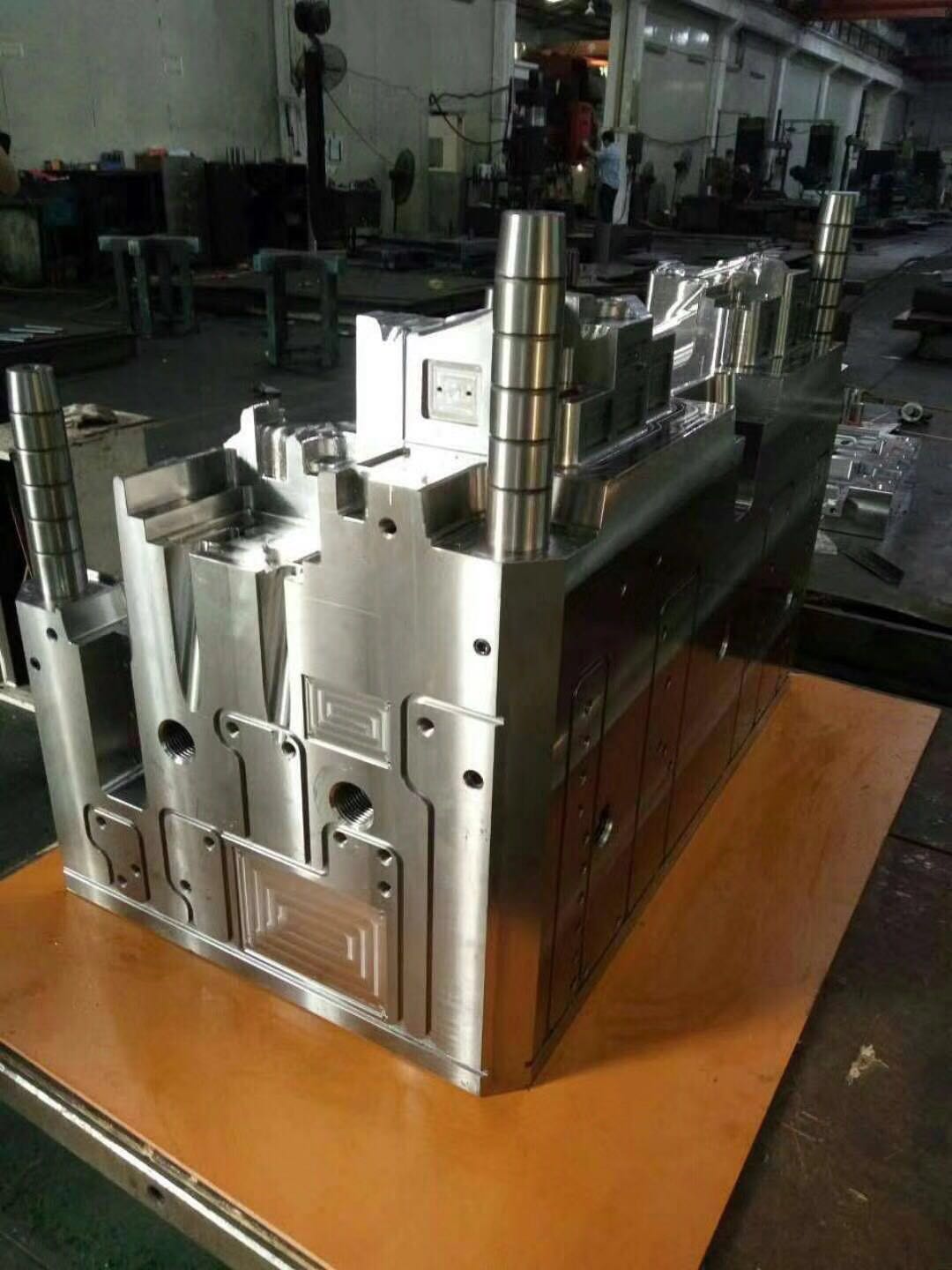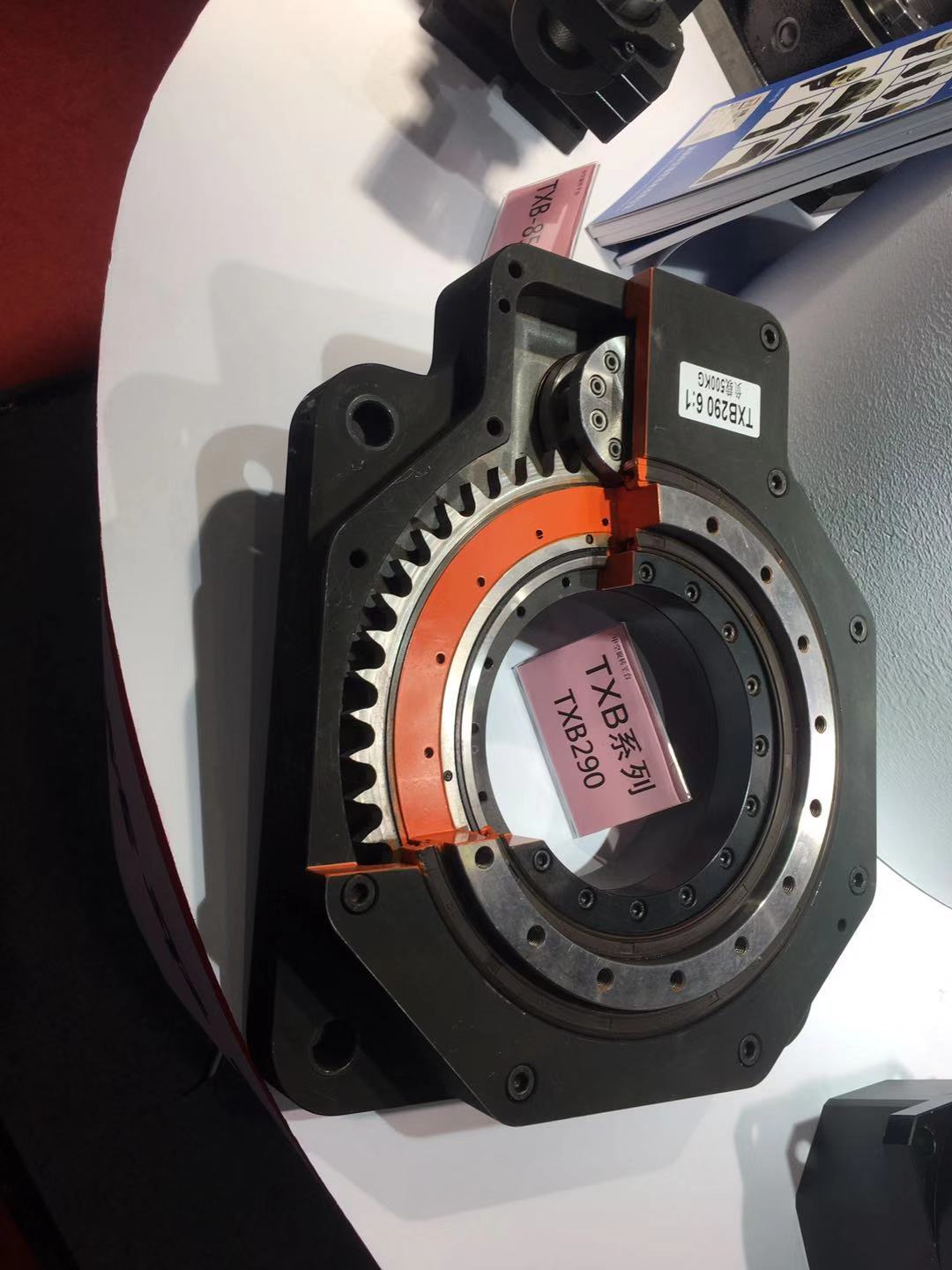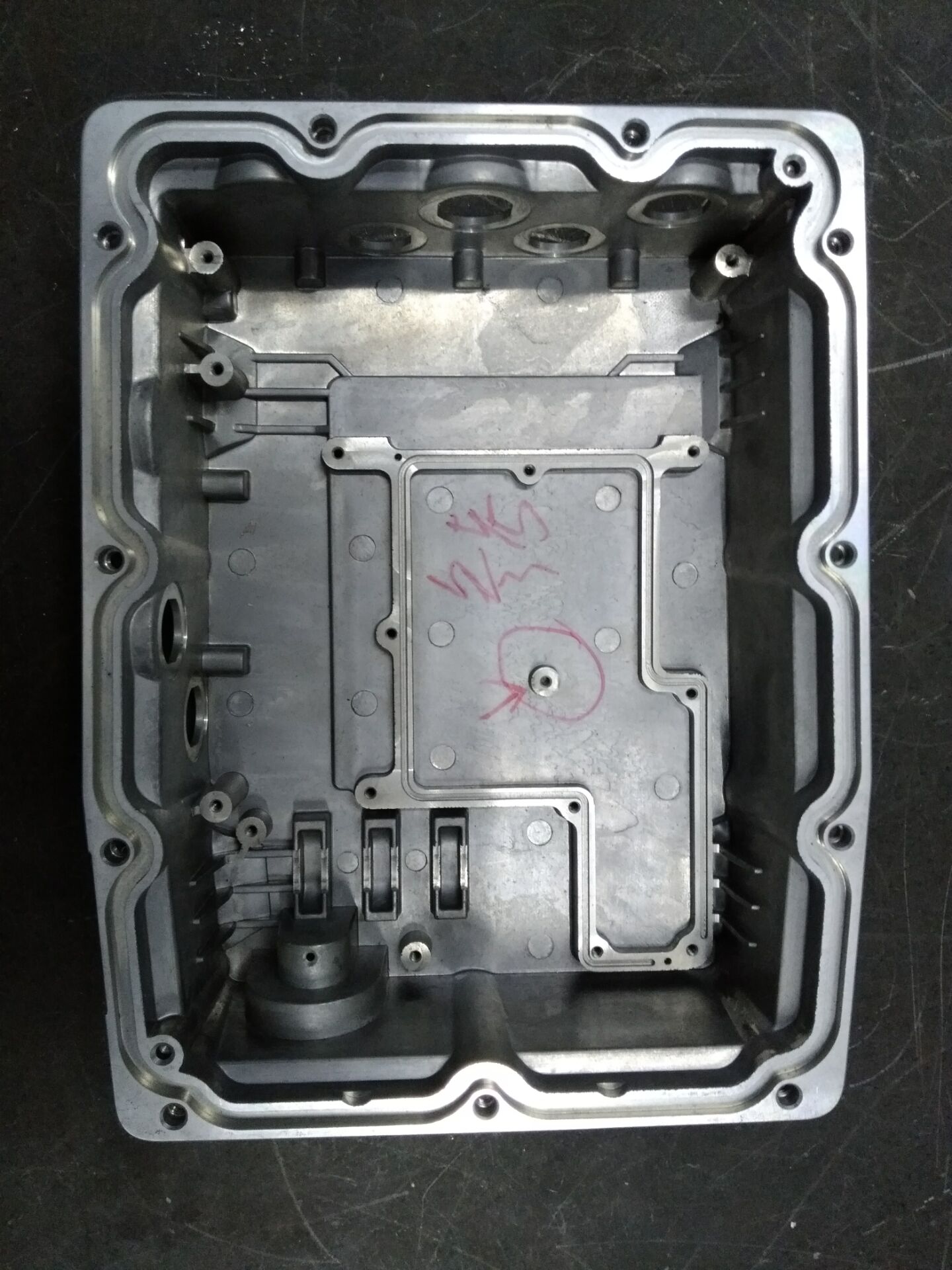GoodBo Mould Co., Ltd is a professional manufacturer of all types of high-quality moulds integrating development, production and sell.With our innovative, dedicated and experienced team we can provide the tools, products and solutions you want from your mould maker.
We can meet various requirements from different types of customers. We pursue the management tenet of Quality is superior.The area of expertise covers Plastic mold,Plastic injection,Multi color injection molding,Blow Molding,Die Casting Mold,Mock up sample,Mold standard components, etc.GoodBo Mould designs, makes mold and manufactures injection molded products and parts for a wide variety of industries. GoodBo Mould has our global customers such as Nissan,FAW-Volkswagen,HONDA,Sony,HP,Canon,Haier,Samsung,Media,Ford,Hyundai,KONKA,etc.
Why Choose US?
- 1GoodBo Mould has a professional management team which uses the modern Horizontal Opening Management Pattern. We define quality as total customer satisfaction and actively deploy the push of the work for components and management standardization. This drives us to settle for nothing less than excellence in all aspects especially for the short lead time as we continuously improve our strong compliment of staff and processes.
mould---FAQs Guide
2.How do mould hardness and mould flexibility affect its performance?
3.Are there any special solutions for making mould with deep walls or complex shapes?
4.What are the common types of mould used for metal alloys?
5.What is the difference between high-pressure and low-pressure mould?
6.About mould warranty
7.What processes are involved with the conservation and maintenance of a mould?
8.Does the mould design comply with industry standards and regulations?
9.What types of finishes can be applied to mould?
10.In what ways can mould cooling be improved?
1.What training and support are provided for users working with the mould?
Our mould products have competitive and differentiated advantages, and actively promote digital transformation and innovation. Training and support for users working with the mold will vary depending on the manufacturer. Generally, the manufacturer will provide detailed instructions on how to use the mold, as well as safety guidelines. They may also provide technical support and troubleshooting assistance. Additionally, some manufacturers may offer on-site training and support for users.
2.How do mould hardness and mould flexibility affect its performance?
We pay attention to user experience and product quality, and provide the best product quality and lowest production cost for cooperative customers. Mould hardness and mould flexibility can have a significant impact on the performance of a mould. Harder moulds are more durable and can withstand higher temperatures and pressures, making them ideal for high-volume production. However, they are also more difficult to modify and can be more expensive to produce. On the other hand, softer moulds are more flexible and can be modified more easily, making them ideal for low-volume production. However, they are also more prone to wear and tear and can be less durable.
3.Are there any special solutions for making mould with deep walls or complex shapes?
Our products & services cover a wide range of areas and meet the needs of different fields. Yes, there are several special solutions for making molds with deep walls or complex shapes. These include using a CNC machining process, 3D printing, vacuum forming, and injection molding. Each of these processes has its own advantages and disadvantages, so it is important to consider the specific requirements of the project before deciding which process is best.

4.What are the common types of mould used for metal alloys?
We continuously upgrade our skills and knowledge to adapt to changing mould market needs.
1. Sand Casting Moulds: Sand casting is one of the most popular and cost-effective methods for producing metal parts and components. Sand casting moulds are made from a mixture of sand, clay, and water. The sand is packed around a pattern of the desired shape, and then the pattern is removed and molten metal is poured into the cavity.
2. Investment Casting Moulds: Investment casting is a process in which a wax pattern is used to create a mould. The wax pattern is then encased in a ceramic shell, which is heated to melt the wax and create a cavity for the molten metal to be poured into.
3. Permanent Moulds: Permanent moulds are made from metal and are used to produce parts with complex shapes and intricate details. The mould is heated and the molten metal is poured into the cavity.
4. Die Casting Moulds: Die casting is a process in which molten metal is forced into a mould under high pressure. The mould is usually made from steel or aluminium and is designed to produce parts with precise dimensions and intricate details.
5.What is the difference between high-pressure and low-pressure mould?
We focus on teamwork and communication to achieve common goals, We attach great importance to this detail. High-pressure moulds are used to create parts with complex shapes and intricate details, while low-pressure moulds are used to create parts with simpler shapes and fewer details. High-pressure moulds require more pressure to form the parts, while low-pressure moulds require less pressure. High-pressure moulds are more expensive and require more time to create the parts, while low-pressure moulds are less expensive and require less time.
6.About mould warranty
If the quality is poor, we will provide a 100% refund. Firstly, we will investigate the root cause of the problem and then take measures to prevent it from happening again in the future. This includes changes to mold design, process, or materials used.

7.What processes are involved with the conservation and maintenance of a mould?
We should have a stable supply chain and logistics capabilities, and provide customers with high -quality, low -priced mould products.
1. Cleaning: Moulds should be cleaned regularly to remove any dirt, dust, or debris that may have accumulated on the surface. This can be done with a soft cloth or brush and a mild detergent.
2. Inspection: Inspect the mould for any signs of damage or wear. If any damage is found, it should be repaired or replaced as soon as possible.
3. Lubrication: Moulds should be lubricated regularly to ensure that they are functioning properly and to prevent wear and tear.
4. Storage: Moulds should be stored in a cool, dry place away from direct sunlight and other sources of heat.
5. Maintenance: Regular maintenance should be performed on the mould to ensure that it is functioning properly and to prevent any further damage or wear. This may include replacing worn parts, sharpening cutting edges, and checking for any signs of corrosion.
8.Does the mould design comply with industry standards and regulations?
As one of the top mould manufacturers in China, we take this very seriously. Yes, the mold design should comply with industry standards and regulations. It is important to ensure that the mold design meets all applicable safety and quality standards.
9.What types of finishes can be applied to mould?
We attach importance to the innovation ability and team spirit of employees, have advanced R & D facilities and laboratories, and have a good quality management system.
1. Powder Coating
2. Anodizing
3. Painting
4. Plating
5. Polishing
6. Sandblasting
7. Heat Treating
8. Ceramic Coating
9. Laser Etching
10. Vacuum Metallizing

10.In what ways can mould cooling be improved?
We enjoy high authority and influence in the industry and continue to innovate products and service models.
1. Increase air circulation: Increasing air circulation in the area where the mold is cooling can help to reduce the temperature of the mold more quickly.
2. Use a cooling system: Installing a cooling system such as a water-cooled chiller can help to reduce the temperature of the mold more quickly and efficiently.
3. Use a fan: Installing a fan in the area where the mold is cooling can help to circulate the air and reduce the temperature of the mold more quickly.
4. Use a heat exchanger: Installing a heat exchanger in the area where the mold is cooling can help to transfer the heat away from the mold more quickly.
5. Use a cooling spray: Applying a cooling spray to the mold can help to reduce the temperature of the mold more quickly.
6. Use a cooling blanket: Wrapping a cooling blanket around the mold can help to reduce the temperature of the mold more quickly.

